Your donations help T1Determined #keepgoing.
The Disappearing Voices of “Juvenile Diabetes”
“May your heart always be joyful; may your song always be sung.”
Bob Dylan
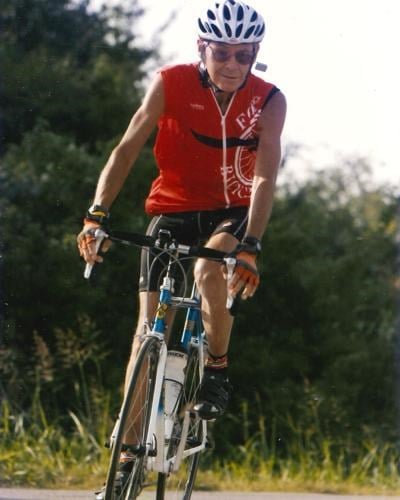
Not long ago, a Type 1 Diabetic friend of mine, Jim West, passed away at the age of 92. Jim was the leader of a cycling team called the Rusty Needles. The team’s members were mostly older Type 1s like me who had been diagnosed as children, back when the disease was called juvenile diabetes.
Jim was diagnosed in 1945, just a couple of decades after the discovery of insulin. Life expectancy for folks like Jim and me back then was estimated in a 1975 life insurance study (known as the Goodkin study) to be between 40 and 53 years; and Type 1 Diabetes has between 3 and 18 times the mortality rate of the general population.
Even today, life expectancy (per JAMA studies) for people with Type 1 is STILL 10-12 years shorter.
Type 1 diabetes before 1980
Home blood glucose monitoring was introduced into the United States around 1980. Human-analog insulins arrived 2 years later, in 1982.
When Jim and I were diagnosed (he in 1945 and I in 1972), there was no Humalog or Novolog. Beef and pork insulin, which were extracted from pancreases recovered from slaughterhouses, contained non-human proteins that provoked allergic reactions and insulin resistance. Effective doses were higher, and instruments for both insulin delivery and glucose measurement were crude.
Jim had to boil glass syringes and sharpen needles on a whetstone.
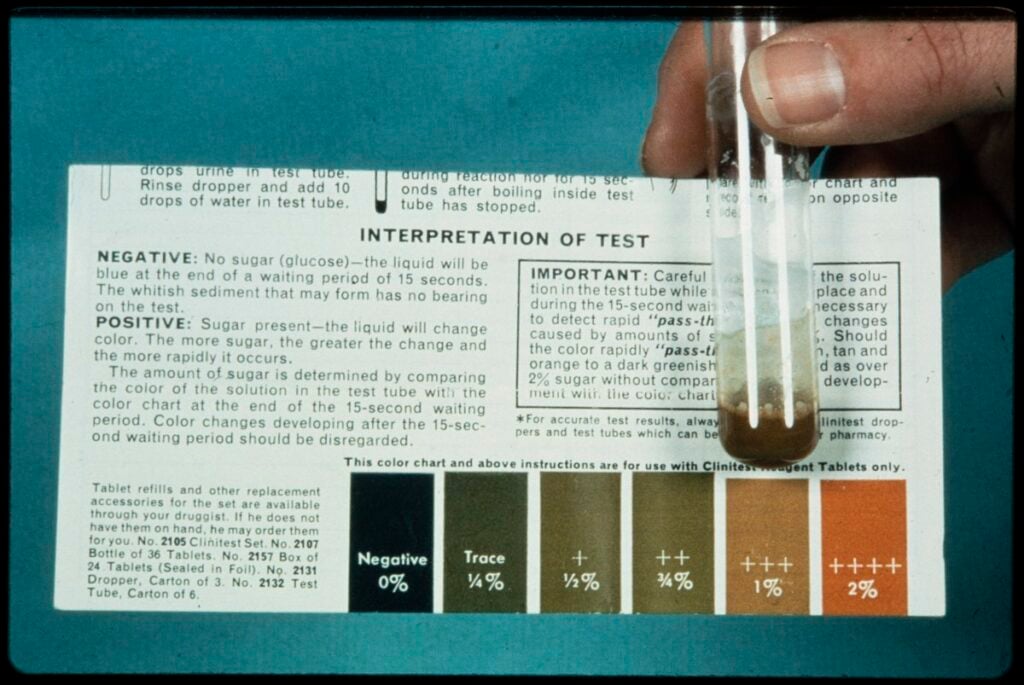
We both used a system called Clinitest. We collected urine into a test tube, to which a lye-based reagent tablet was added, which turned the urine various shades of brown depending on how much sugar there was. Anything but a negative result meant our bodies had already failed to absorb the glucose because of insufficient insulin. If we were actually LOW, we had no way of knowing it short of symptoms.
The whole process, which smelled like boiling cigarettes, was one I repeated it constantly as an 11-year-old. More than once, I dropped a glass test tube on the floor because the hot liquid burned my hands, and had to pick up glass, wipe up lye and urine, and repeat the test. Later, TES-TAPE and DiaStix, which required only a paper strip and NOT boiling hot liquid, improved urine testing somewhat, but did nothing to control the high blood sugars that were damaging our kidneys, because we were getting the data only AFTER our mistakes had been made.
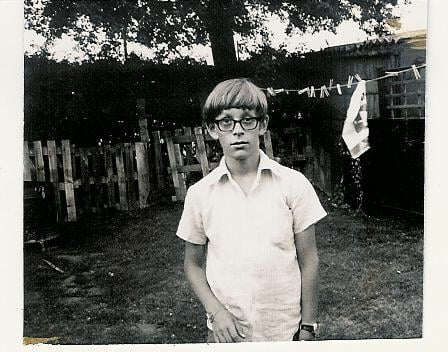
That was the first 8 years of my life with Type 1. Nevertheless, we were told we could live “relatively normal” lives. Absent longitudinal data, that was pure optimism. In reality, all Jim and I could do was try hard and hope for the best.
And I don’t think either one of us expected to make it this far. Life insurance companies certainly didn’t. As recently as the mid-2010s, they were still denying policies to us.
A legacy of damage—with or without control
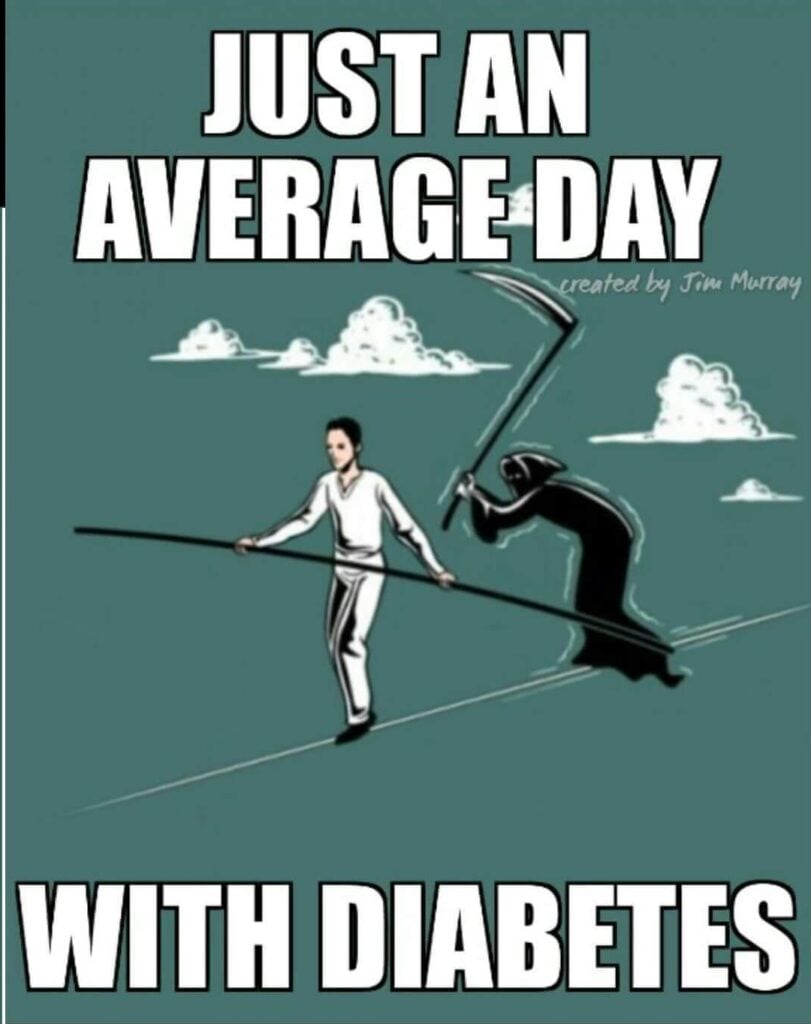
Decades of guessing wrong at meal boluses takes its toll. But even with PERFECT control, damage is done.
Type1 is fundamentally an autoimmune / inflammatory disease. The biological stress created by THE DISEASE ITSELF creates microvascular problems that underlie nearly every long-term complication of the disease, from retinopathy to kidney failure to limb amputations to atherosclerosis. Not to mention SUDDEN death from severe hypoglycemia. Even with GOOD CONTROL, we’re not stopping these outcomes; we’re just slowing them down.
On a good way, we’re walking a tightrope.
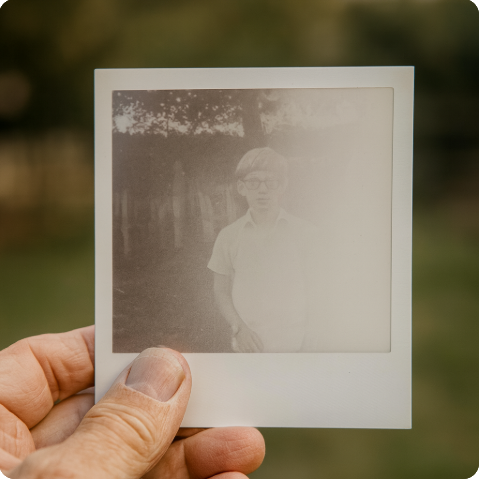
Our stories—and data—are fading away
It’s tempting to think that in a world of human insulin, automated insulin delivery and continuous glucose monitors, folks with Type 1 are now living a “maintenance” disease, one in which if we follow our doctors’ broad advice to “eat right and exercise”, everything will be fine. But we KNOW that’s not the case.
What very few people know–including doctors–is what happens to patients who’ve had Type 1 for 50 to 80 years. Nearly every cardiologist I’ve talked to about coronary artery disease, a complication of type 1, has told me we’re in a “data free zone.”
It doesn’t have to be like that. It SHOULDN’T be like that. How CAN it be like that?!
WE MUST tell our stories. Otherwise, we are doomed to repeat the cycle of wishful optimism and tentative feelings of empowerment followed by anger, disillusionment, and despair when it becomes clear that none of the doctors who told us a cure was coming in 5 years actually expected us to live this long, and don’t have a CLUE what they’re dealing with.
Our lives are TREASURE TROVES of vital information about living with T1D for the long term, and our complications are a critically important and very personal reminder that gaining back a few years of life with a chronic disease is NOT a cure.
We need a cure, not just treatments
I am confident Jim West would have jumped at the chance for a cure if he could have made it happen.
He became the change he needed to see. He raised money for research. He followed doctor’s orders and maintained his physical fitness into his late 80s. His life saw the invention of recombinant DNA/human analogue insulins, home blood glucose meters, insulin pumps, and continuous glucose monitors.
He lived long and well, but despite his efforts, he passed without a cure.
So why does finding a cure even MATTER?
Because Type 1 Diabetes is still a threat to millions living with the disease. Hypoglycemia still kills people in their sleep. Long-term cardiovascular effects of just having the disease–paradoxically, a result of living longer–STILL shorten lives and reduce their quality.
That is why we should not let Jim’s song go unsung.
Instead, we should demand increased funding of basic research, including larger and longer studies, re-examination of historical data, and active and ongoing research into the underlying causes and mechanisms of disease progression and treatment outcomes over time. We should continue to fund extended clinical trials focused on the underlying disease and its long-term consequences.
Regardless of how much better our lives are now, we should not be distracted or mollified by gadgets or medications. We have waited quietly and patiently for WAY too long, and we should stop at nothing until an ACTUAL CURE sees the light of day.